A dozen years after Diablo II, the massively popular hack and slash role-playing game (RPG) was released, comes its much anticipated sequel – Diablo III, set at a steep S$89. Did the price prove a deterrent to getting the game?
With over 3.5 million copies sold in the first 24 hours, UrbanWire can safely say: Nope. But is the game worth the wait?
First off, Diablo III looks and sounds good. There’s nothing spectacular about character or monster sprites, but the rendering and texturing done for environments and backgrounds are of high quality. Since you’ll be travelling all over the Sanctuary, the fantasy world of the Diablo series, a good looking environment is a must.
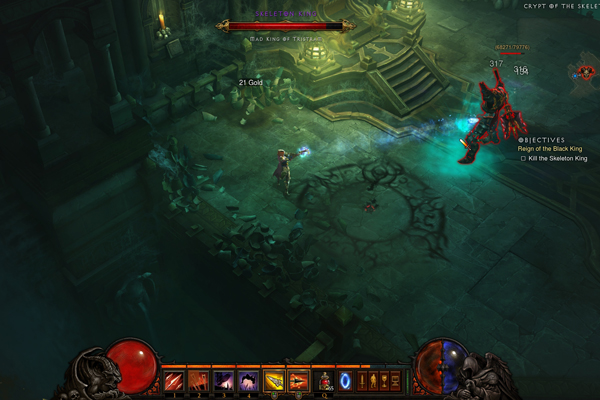
In fact, Diablo III has one of the most dynamic and interactive environments that UrbanWire has seen for an RPG series. It’s not just the typical hiding of loot in various spots for players to find, or pulling levers to open doors. Instead, you’ll get to use the environment to your advantage, by dropping chandeliers and collapsing walls on unsuspecting enemies. Not even critters like scorpions and rats are safe from the wrath of your character’s… feet – they can be squashed as your character steps on them.
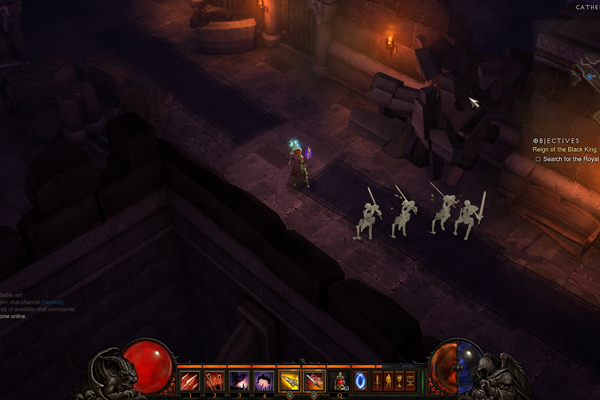
But as much as the environment can fight for you, it can also work against you, in the form of spiked proximity traps that crash down on you, or fire-spouting traps that activate periodically, to name a few. Ledges and cliffs are cleverly designed as spawn points for monsters, which climb up in an attempt to surround your character.
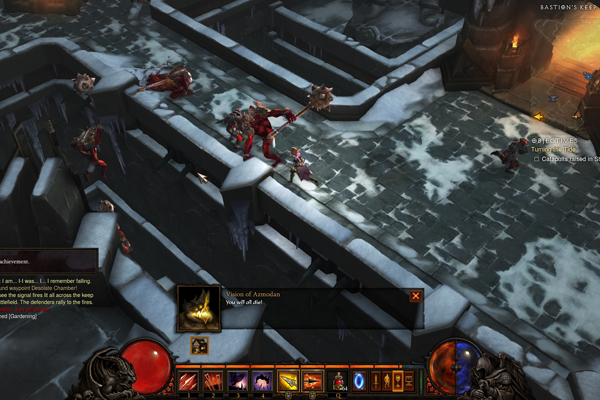
The graphics aren’t the only detailed things in the game, though. The Diablo franchise, consisting of the games, novels, and even a comic book, is known for its well-constructed lores and character backstories, both of which are plentiful throughout the game, and are fully voice-acted to boot. These are inserted so smoothly into the game that UrbanWire feels it will be easy for anyone new to the Diablo series to understand the story. It is a pity, however, that the main storyline is simple and juvenile, compared to other acclaimed games like L.A. Noire, Bastion and the Mass Effect series.
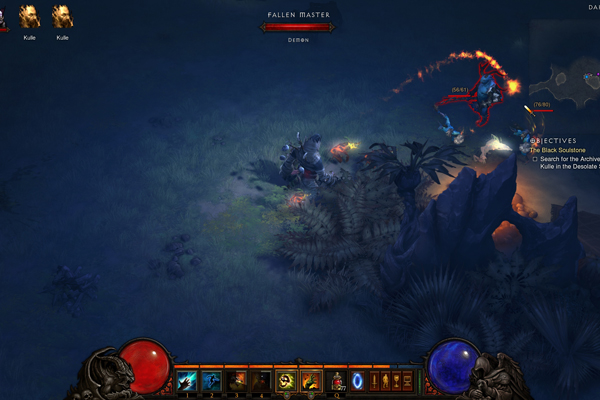
You’ll also experience the game differently through the various classes, because the skill system of each class functions in its own unique way. Take the barbarian class, for example – what would have been his mana bar is replaced by “Fury”, which is increased by hitting enemies or being hit, and is drained away when the barbarian isn’t fighting or using skills. The wizard’s mana system, however, is replaced by “Arcane Power”, which regenerates quickly and is used for casting spells. The game also allows flexibility in choosing your playstyle by having re-assignable skills points, so you can choose what skill build you want based on preference or based on the situation – be it going down a damaging skill tree or a more character supportive one. Unlike Diablo II or many RPGs of today, you won’t have to rebuild your characters from scratch just to try new combinations of skills.
UrbanWire appreciates the fact that Blizzard continues its tradition of having easter eggs to lighten the mood and reward dedicated gamers, first seen in Diablo II as The Secret Cow Level. This time, it’s a Secret Pony Level dubbed “Whimsyshire” – a colourful landscape full of rainbows, smiling clouds and pink pony mobs, designed as a mock tribute to the fans that thought that Diablo III was too colourful. There’s also a dungeon named “Development Hell” that has its zombie inhabitants named after its own developers, perhaps slyly implying that the amount of work and sleepless nights turned the development team into figurative zombies. Either way, both the levels are a blast to play through and UrbanWire salutes the extra effort involved.
Diablo III is a very complete game that has few shortcomings, but since no game is perfect, there arethings that it could surely do without.
One of the first things we’d recommend ditching is the monumental amount of loot obtainable throughout the game, because every other lootable spot and every few slain foes will yield up oodles of goodies. Remember your frustration in sifting through pages of spam in your mailbox, looking out for important emails? That’s the same way you feel about finding some decent equipment from the tons of junk and monster drops you’ll find. Perhaps fewer and more valuable item drops will make every find something to look forward to, and will keep the inventories of compulsive looters from filling up so quickly.
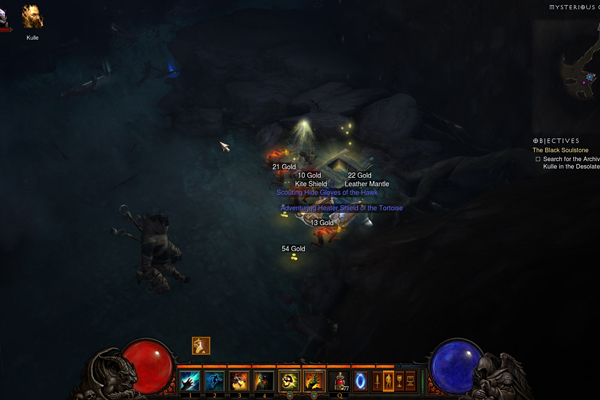
The high price tag is, not surprisingly, something we can’t wait to see the back of. Diablo III competes in a saturated industry filled with decent RPGs like Torchlight (costing S$25) or even free-to-play MMORPGs like Path Of Exile, both of which are fairly similar to Diablo. The gaming market has always been accessible and affordable, and there’s no shortage of cheaper alternatives on Steam or from indie game developers.
Diablo III’s hotly debated Auction House allows players to trade in-game items for real money (and vice versa) among other players. This isn’t new to the gaming world, and neither is it necessarily a good thing, because players are motivated by gain and anyone with a lot of disposable income can buy his or her way into the game, as illustrated in this comic by Dorkly.
The one big shortcoming is that Diablo III lacks an offline mode. This prevents client-side hacking, but always having to be online can be inconvenient. We’ll start with the obvious – if your Internet (or Battle.net) is down, you can’t play the game, even in single player mode A slow Internet connection will also mean experiencing a lot of lag in-game, causing potential death and frustration, made worse by the fact that Singaporeans are connected to servers in America, causing even higher latency and more lag.
Background music (BGM) stays unnoticed mostly, but it can sound unsettling and foreboding at times, which is fitting for your forays through dungeons filled with monsters. Anyhow, you probably won’t notice the BGM much since the sounds of your character engaged in battle are what you’ll be hearing most of the time.
All in all, Diablo III is a fairly good game that promises quite a lot of gaming time because you can run through the story on 4 difficulty levels (with dedicated gamers able to finish the story on “Normal” difficulty in 7 hours). It might not be worth getting if you simply want to know about the story, and you’re better off watching someone play through the game on YouTube. But if you’re broke and still want a copy, don’t hold your breath waiting for a price drop, because Blizzard, as always, won’t put its games on sale anytime soon.
Diablo III is available for Mac and PC, with full technical specifications here[LT7] . It contains blood and gore, and isn’t suitable for players under 16.
